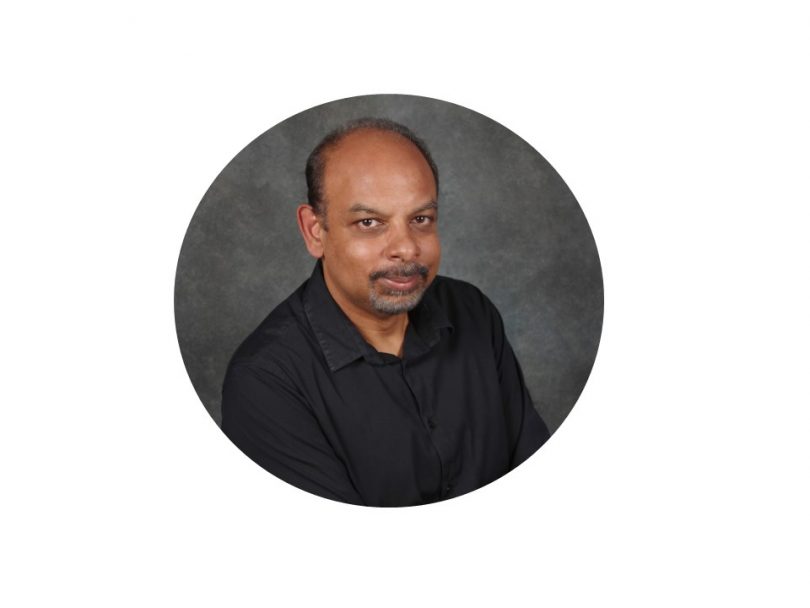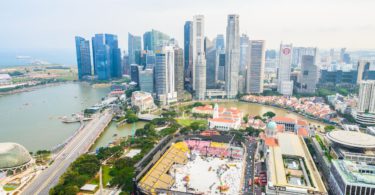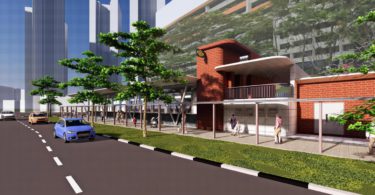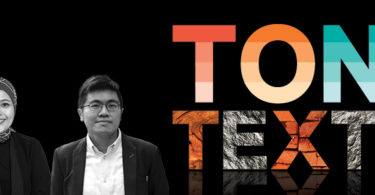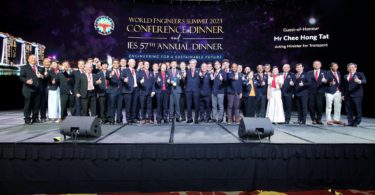Melvyn J Kanny is an award-winning architect with multiple recognitions such as the Asia Pacific Property Awards, PAM Commendation Awards, PAM Gold Awards and Silver Awards. His philosophy includes designing sustainable development within the context of the tropics and pushing the boundaries of design trends and keeping the ‘Malaysian identity’ as a constant factor in local architecture. Melvyn graduated from the Bartlett School of Architecture in 1990 and postgraduate studies in Southbank University London. He returned to Malaysia in 1993 and started working with a few architectural practices before starting his own practice in 2003. He is passionate about sustainability and how being ecologically sensitive to the environment can point to new directions in architecture.
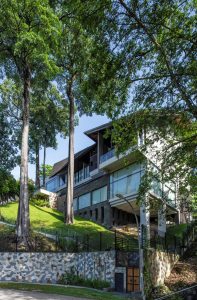
Designing with the slope instead of against it
Describe your approach in working with slopes.
With a flat site, it is easier to make the natural surroundings emerge from the focal point because they are all on one level, but when we design on a slope, there are a few things to consider. First of all, we need to avoid heavy machinery in the foundation works. Using conventional ways to build foundation will require an access for the contractor, which often means flattening the existing topography to create a platform for the heavy equipment. Obviously, this means that we will lose the natural slope.
One way to overcome this is using micropiles foundation and lightweight equipment. This method is more expensive, but the advantage is that we will be able to preserve 90 per cent of the trees. Such piles can even be installed two metres away from the trees without destroying them.
Secondly, we need to avoid retaining walls as these tend to get damp from the high moisture. Excavation will also destabilise the slopes so we need to minimise it. We have to try to work with the slopes and allow the buildings to ‘tread’ lightly on the ground. What’s equally important is that we need to keep the trees, especially the mature ones, because they stabilise the land. We need to design with the landscape, not against it.
Read: Earth Retaining and Stabilising Structures (ERSS) for constructing on sloped land
How much does the site drive the design?
Every site is different in terms of the view it offers: the terrain, the shape of the land, where the breeze comes from, the direction of the sun, and so on. All of these should be brought together and combined with the client’s requirements. We will be able to come up with something unique as long as we consider the context of the site. I would suggest to always approach a project with a blank canvas. Then, we can start adding all these layers until a design concept emerges, or at least that is what I have experienced thus far.
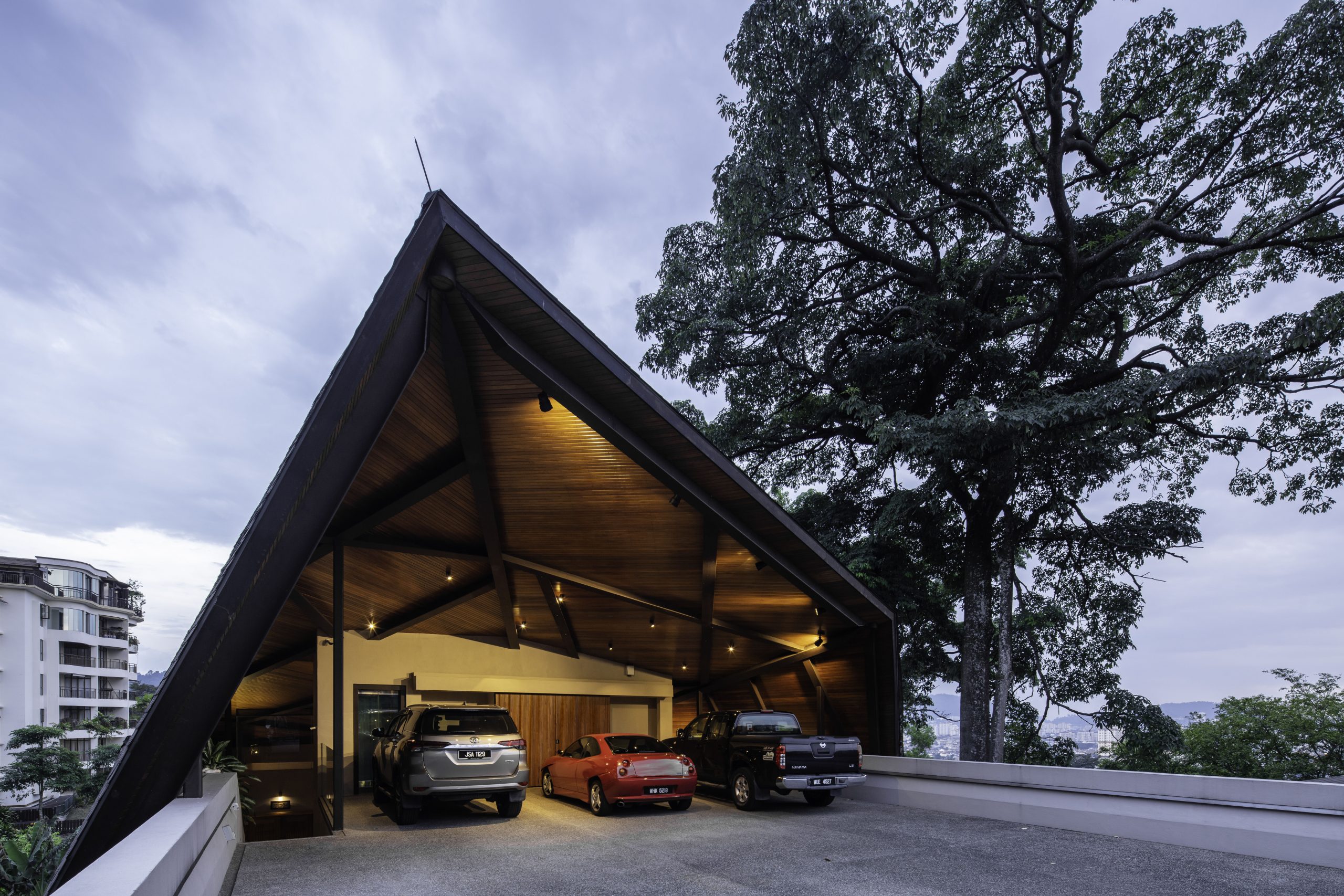
Always approach a project with a blank canvas. Then, we can start adding layers—the view, the terrain, the shape of the land, where the breeze comes from, the direction of the sun, the client requirement and so on—until a design concept emerges.
Read: Choo Gim Wah on balancing aesthetics and sustainability in design and architecture
How do you choose the construction method?
Regarding the foundation, the engineers will be the ones responsible for the submission for approval. As long the design is in accordance with the building standard, then there will not be any problems. From the client’s perspective, they will always prefer the cheaper method, but as architects, we have the responsibility to educate our clients about sustainable construction. For example, if we use conventional footing, we may be able to save money but this will have a negative impact on the site and the surrounding environment. In general, choosing a suitable construction method is about finding a balance. Not all clients are going to agree with us, but we have to try to convince them.
How do you integrate nature with homes in an urban setting?
For high-density development like terrace houses, the approach would be different. Having a courtyard would be one way to bring both lighting and greenery into the building. In condominiums, we can create pocket parks in every six levels, which not only function as a space to infuse greenery but can also bring people together. In Malaysia, we are moving towards this direction and we start to have more vertical green walls such as those in KLCC. Singapore is probably way ahead of Malaysia in this case. The problem is that we have not really had the culture of maintenance in Malaysia just yet. This is surely an area with a huge potential to be tapped into.
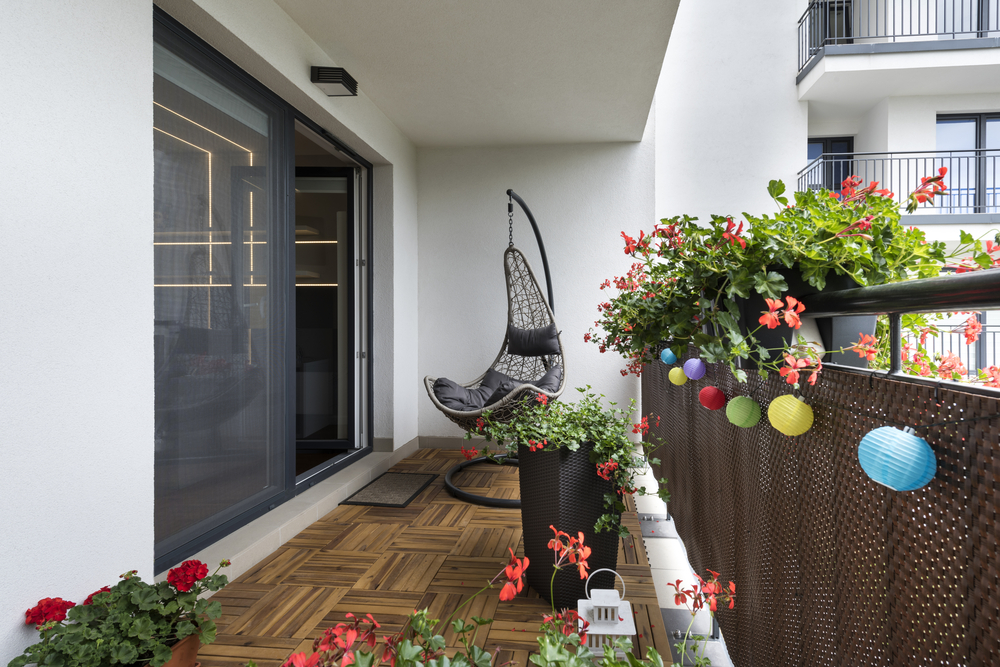
Infusing greenery into high density development; image by Cinematographer/Shutterstock
Read: Tan Chiew Hoon on integrating nature and preserving heritage
How has the COVID-19 pandemic impacted you and your work?
There has not been a huge impact because we are a small firm and we can still work normally. One thing that has changed is the way we conduct meetings. However, the use of more advanced technology is not quite there yet and there are a lot of areas to improve. For example, site visits are not something that we can do remotely. So, we just need to carry on the way we approach design and construction, only with extra caution and strict adherence to the standard operating procedures (SOPs).
If there is anything good that comes out of the pandemic, it is about the way we approach high-density development. If we look at what has happened, the highest infected areas are always the high-density housing development. For example, in Singapore, the most vulnerable areas were the foreign worker dormitories. The reason is probably the weak regulations such as the number of people that are allowed to stay in one unit. The same is true in Malaysia, where 10 foreign workers may be living in one unit in a dormitory. Hopefully, this is something that the government will look into. Meanwhile, for the developers, they could start thinking about designing spaces that avoid clusters.– Construction+ Online



